In the archives I found the typed paper which appears to the right on this page. It has no title. It’s the story of my trip, apparently typed soon after I came home. Unfortunately, I didn’t finish it. I didn’t even come close; the paper ends in the morning of day two of the trip. But it is interesting to read from the point of view of my almost 16-year-old self. On this page I’ll tell about some other memories of the trip and show a few pictures of our group.
It really was a remarkable group: 50 of us, including 4 adults (2 couples) who seemed quite relaxed with this mob of high school students. The group included two daughters of each of the two couples. The members of the group were restricted to people who had taken two years of German in the Whittier Union High School district. That meant that all of us were students who intended to go to college and were therefore somewhat scholastically inclined.
I was one of the youngest in the group, since I had finished only my sophomore year, and I was always young for my grade anyway, having started kindergarten before I was five. So I was somewhat overwhelmed by all of these older kids, and very happy to find a couple of guys I could hang around with for most of the trip.
The amazing low price was achieved by staying in youth hostels every night, eating the inexpensive meals that were available in the hostels, and staying with two host families for a week each. All travel was by train or bus. Visits to museums and churches were very inexpensive and we never went to restaurants until our farewell dinner in Germany.
Our first host experience was in a little farming village named Kindenheim (which means “home for children”). All of the houses were grouped together in the village, and the farm lands surrounded it. We were placed, in pairs, with families in the town. We were supposed to help with whatever chores were needed on the farm, in exchange for our room and board. I was rooming with Larry Davidson, who was a year older than me and from my church. We went out with our host farmer, Rolf, on the first day to help him pick up hay bales. That’s when I discovered that I had hay fever! I began sneezing uncontrollably – again and again without stopping. It was a little scary and I was not able to work. I think Rolf was a little disgusted with me. He took us back into the town and we were both excused from work for the week. I felt bad about it but there wasn’t really anything I could do about it. They were nice people, and Larry and I had lots of time to explore the town and various buildings.
Both Larry and I had taken two years of German, so we expected to be able to communicate with our host family at least adequately. But we found that when they talked with each other we could understand almost nothing, and when they talked with us, in German, they talked very slowly and carefully. We found out that the German we learned (called “high German”) was quite different from the dialect used in the rural regions of the country. High German was no more native to them than it was to us.
Our Kindenheim host Rolf, with his horse and dog, standing in front of some farm buildings.
A hand-drawn map of our trip. Note the East/West Germany split, and the two countries (Czecholovakia and Yugoslavia) which no longer exist.
After the first two days of the trip, which are described by my 15-year-old self in the paper on the right, we spent some time in Cologne visiting the cathedral there. I was amazed at the size and beauty of the church, and it was one of the first places I wanted to show Karen when we went there 30 years later. We then got on a boat and sailed down the Rhine. That day in Cologne and on the Rhine sealed my love affair with Germany. It was wonderful!
This is two pages from a long souvenir map of our Rhine trip that I bought on the day that we sailed down the river. Click to enlarge – you’ll see Königswinter and Drachenfalls on the right, as described in my story.
After settling in, our group gathered in the outdoor courtyard by the castle and sang songs together. I remember that we sang a lot of folk songs by artists like Peter, Paul and Mary.
We got off the Rhine cruise at Bacharach, where we spent the night in an old castle that had been converted to a youth hostel. We had to climb the hill to get up to it. We paired off into boys and girls; the boy would take his suitcase and the girl’s; the girl would take her flight bag and the boy’s. And somehow we made it to to the top. This photo shows Mr. Peace standing in the middle, supervising the distribution of students into assigned rooms.
In Freiburg I was assigned to this host family. Their son was college age but the daughter was about my age. I went to school with her for one day, on the train, which I thought was pretty cool. On the occasion of this photo they had taken me out for a cruise on Lake Konstanz. The photo at the top of this page was taken on that same day at a World War 2 memorial.
We went to Freiburg, a city near the Black Forest, because it had recently been declared the “sister city” of Whittier. The city had planned a special event for our coming. We were to all meet at city hall (brought by our host families) for a special ceremony. To prepare, we had each had to purchase a special sweater with an insignia sewn on it. We were all supposed to wear this sweater for the ceremony. (You can see me in my sweater in the picture at the top of this page.) Well, every student except one remembered to wear their special sweater to the ceremony. Mr. Peace was pretty disgusted with me. At least he didn’t send me home.
Our days on the trip were a combination of group activity and free time. Most of the cities had a castle, a museum, or a church that we’d go to see as a group tour, and they were definitely worth seeing. I enjoyed them a lot. The rest of the day would be free time to shop, visit a grocery store, or just walk around town. I had a couple of friends that I spent most of my days with, and we had a great time. I fell in love with the European history, architecture, and culture. I learned the German language a lot better just interacting with people.
One city, however, was quite different from the others in this regard, and that was Prague. Today Prague is a popular tourist destination, but in 1968 it was behind the Iron Curtain, under the control of the Soviet Union and Communism. I am not sure why it was on our itinerary! To make matters worse, that was the summer of the “Prague Spring”, a revolt of the Czech people against the Communist rule.
The Wittigs and Peaces watched the news daily to assess the safety of our planned visit to Prague. They told us that we might not get to go, and we’d probably decide at the last minute. The Czech people were mobbing the town square every night in protest. The Russians had responded by gathering tanks at the border, ready to attack.
I was pretty nervous, and hoped that we wouldn’t go in to Czechoslovakia (as it was then named). But we did. We had an overnight train trip from Vienna to Prague, and we were warned that we’d probably have to stop the train at the border and show our passports to the border guards in the middle of the night. I don’t exactly remember what happened, but I think that our passports were collected and shown as a group, so that each student didn’t have to encounter a guard.
We arrived in Prague and were told that there would be no free time; we had to stay together, all 50 of us, all day and evening. That was fine with me, since I was really scared. We saw the mob of Czech people gathered in Wenceslas square, and heard the shouting and speeches. The city was not at all attractive. Today it is one of the most beautiful cities in Europe, but back then all of the buildings were dirty and everything was very brown and depressed-looking. I could hardly wait to leave.
The rest of the trip was a true joy. I didn’t mind that we stayed in hostels and ate cheap food. I just knew that someday I wanted to go back. And 30 years later, Karen and I did revisit many of the places I’d seen on that 1968 trip.
Some of the students in our group, using their free time in Salzburg to do some shopping. Notice that many of them are wearing our official sweater.
It was September of 1967 and I was starting off a new year in a new school, with new teachers and new friends to make. We had moved from East Whittier to uptown Whittier two months earlier, and I had had to change high schools.
One of my more interesting teachers was Erich Wittig. You can probably guess what subject he taught – German. One day in that first week, he told us of a tour he was organizing to go to Europe the following summer. We could visit four countries in Europe for as little as $800, including transportation to and through Europe, food, lodging, and entertainment. Of course, this sounded great. But where would I get $800?
My only bank account was one from grade school days in which I had accumulated the magnificent sum of seven dollars by putting in a dime a week. I suggested to my parents that I might want to see Europe, and their reaction was typical – “Save your money.” They also suggested that I might give up all my birthday and Christmas presents in exchange for money for the trip, and that I take some time and think it over before jumping in and committing myself.
I followed this last advice for about two seconds, and decided to save my money. One of my friends suggested that I work in the school cafeteria. I applied there and got a job, and also got a job [as a gardener at Al Jessup’s house]. These jobs, together with the money gifts I got, helped me to earn enough money to make the trip.
I found out that forty-five other students had had the same idea. I attended a lot of meetings where I met these people and the adults who were going to make the trip with us. These were Mr. Wittig and his wife and two daughters, and Mr. Warren Peace and his wife and two daughters. Mr. Peace and Mr. Wittig gave us detailed lectures on every facet of the trip. We were also given numbers. Instead of having a roll call of names, they had decided it would be faster if we just yelled out numbers. So at a certain whistle signal (I felt like a dog), we were supposed to line up in alphabetical order and yell out numbers when the time came. This was quite boring for me as I was number forty, and had quite a wait before my number was called.
Finally the time to leave came near. I had another big decision to make – which suitcase to use. I finally decided on something called a Val-pack, which is a sort of fold-up closet, with a place to hang up coats and shirts. It was bright blue with red trim, and I put a big W on it for Whittier. I packed it full about ten times deciding what to take.
Besides the suitcase, I had a flight bag from Pan Am, and a camera case which I used for my camera, dictionary, passport, pens, Life Savers, film, flashcubes, and my trip diary. My flight bag contained all kinds of things, mostly food, presents, and paperbacks.
On June twenty-fourth, we went to L.A. International Airport. My plane took off at 11:36 p.m. at the beginning of what I thought would be a thirteen hour ride through the air. Surprisingly, though, we landed at Montreal at 7:25 local time to refuel the plane. It was (and probably still is) a DC-89, belonging to Capital Airlines, and a chartered jet. After a smooth takeoff from Montreal, I got my first taste of the famous “Continental Breakfast”: orange juice, milk, roll, and butter. It was hard for me to sleep on the plane – the seats didn’t lean back far enough and I don’t think I slept more than an hour.
At 12:30 in the afternoon (Frankfurt time) we landed at the huge Frankfurt airport. In Whittier it was about 9:30 p.m. and I had slept about one hour in the last twenty-four. (My first impression of the people in this large German city was that they were rather strange. They actually called themselves “Frankfurters.”)
When we got off the plane, we were herded onto two tiny busses which took us to the big bus which we took to Königswinter, our first stop. The trip was rather uneventful, other than the fact that I slept another hour. When I woke up, the scenery looked the same to me as when I had fallen asleep. The German freeway that we were on (called an Autobahn) was lined with what looked like a forest of trees. The friendly guy sitting next to me on the bus turned out to be the same one I had walked to the plane with, and was the one I spent most of my time with in Europe. His name was Mark Schaefer.
When we finally got to Königswinter (which means King’s Vineyard), I was so tired that I didn’t know which way was up, down, left, right, or anything else. Mr. Peace just pointed me towards a hotel, led me and some other guy with blond hair up the stairs and into a room with one big bed and departed, leaving me and this other guy (whose name turned out to be Mark Schon) there with this weird bed. On top it had what looked like a big square red pillow, about three and a half feet square, and very soft. Mark and I didn’t know what to do with it, so we threw it on the floor. Underneath it were two thick pads that we weren’t sure what to do with either, so we slept under them since we were freezing. This turned out to be the right thing to do (according to Mr. Peace), and I slept soundly.
Chapter Two – Königswinter
When I woke up the next morning (at 6:30), my first big discovery outside our door was another door marked “W.C.” Not knowing what this meant, I deliberated a bit, then went to ask Mark, who informed me that, yes, it was the room which I was seeking. The toilet bowl was the funniest-looking thing I had ever seen. The “bowl” extended all of two inches down before it hit bottom, a flat plate of porcelain. In the front was a hole that the toilet flushed into. The texture of the toilet paper greatly resembled that of sandpaper.
For breakfast we had the same thing that we had on the airplane, with cheese and meat added. It was delicious. Unfortunately, Mr. Peace said that it was probably the best breakfast we would have for the whole trip. He was right, too.
After breakfast we took in the town. To quote from my diary: “It was raining when we woke up but now it’s sunny. The sidewalks are so narrow that we keep falling off them. Everything is fantastically green.” The sidewalks *were* narrow. Some were only two feet wide. The streets were also very thin.
That morning I got my first look at the Rhine river. It’s really beautiful! It’s very big also, and often gets choppy on the surface. I was also very impressed by the beautiful old homes in Königswinter. The people seemed so friendly, and everything in the town was just wonderful. Mr. Peace said that the children were going to school, and when we asked why there were so many children around (all wearing Lederhosen), he said they were on field trips.
Later that morning we took a hike up to Drachenfalls, so called because legend says that Siegfried killed a dragon up in this old castle up on top of the mountain, and threw him over the cliff. It was about a mile up to the top and very steep, but when we got to the castle’s ruin, it looked just about like a dragon had been there! The walls were burned and there was a big dragon-shaped (?) hole where the dragon went through.
Later on in the afternoon we all piled into a bus which took us to the capital of Germany, Bonn, and also to Cologne. On the way to Bonn, we passed through Bad Gotesburg and saw the American Embassy there. Many more people in Germany ride bicycles than in the U.S. In Bonn, there were almost as many bikes as cars. First we went through the American section, then on to the cathedral, which was built in the eleventh and twelfth centuries. It has seven towers. We also saw the market place, which had a lot of red and white umbrellas shading the beautiful flowers and fruit. We later found out that red and white umbrellas marked every German market place.
Beethoven was born in Bonn, and we drove past his birthplace on our way to Cologne. Traffic lights in Germany were different from ours – they changed to yellow before both red and green. The street signs (like stop, parking, and one way signs) had no words on them. Some had a pattern in bright colors, others had pictures to show what they meant.

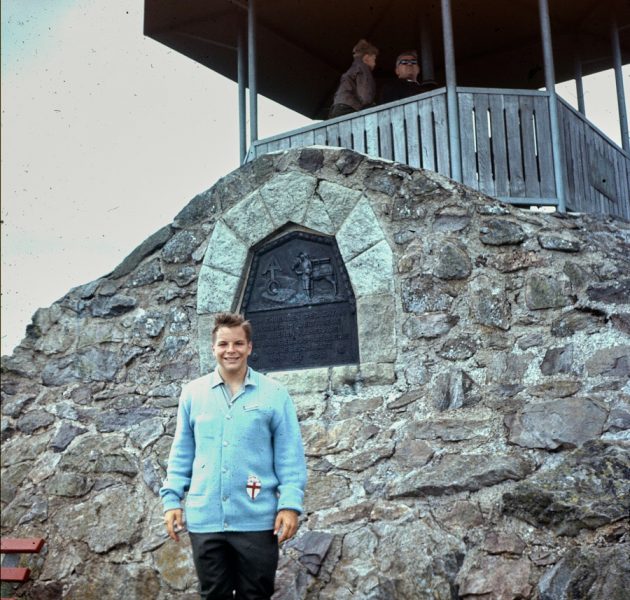
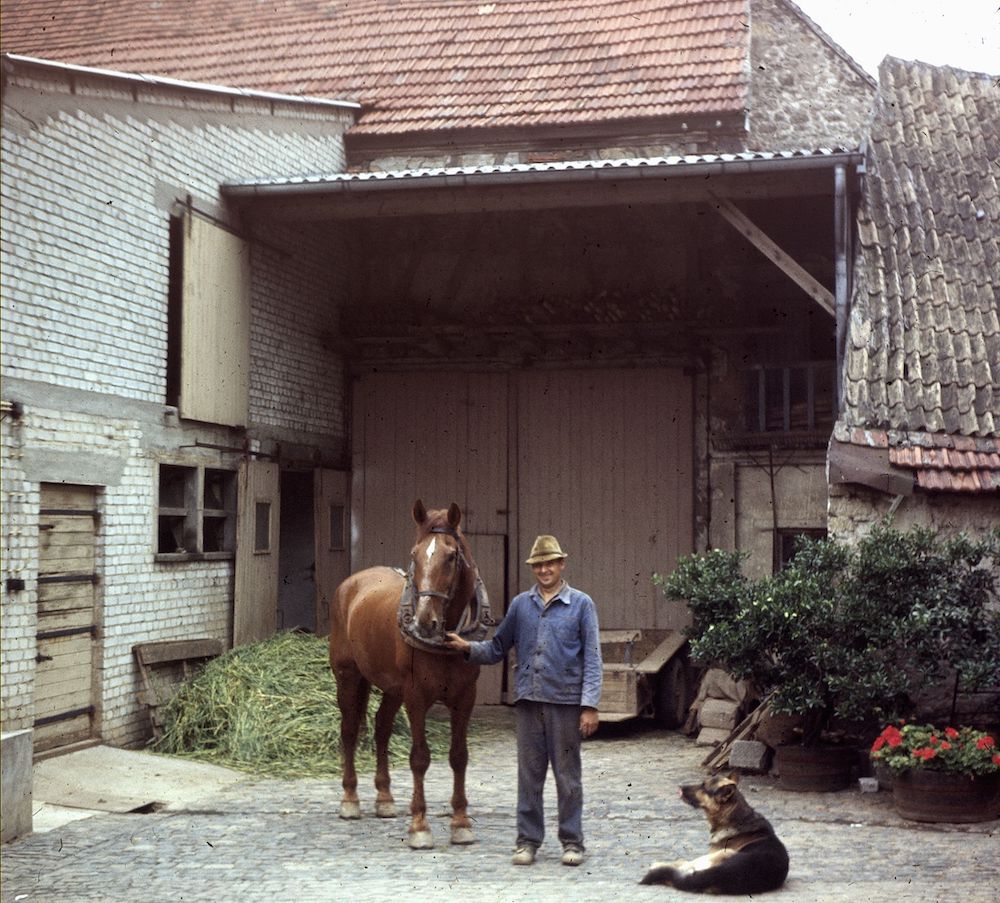
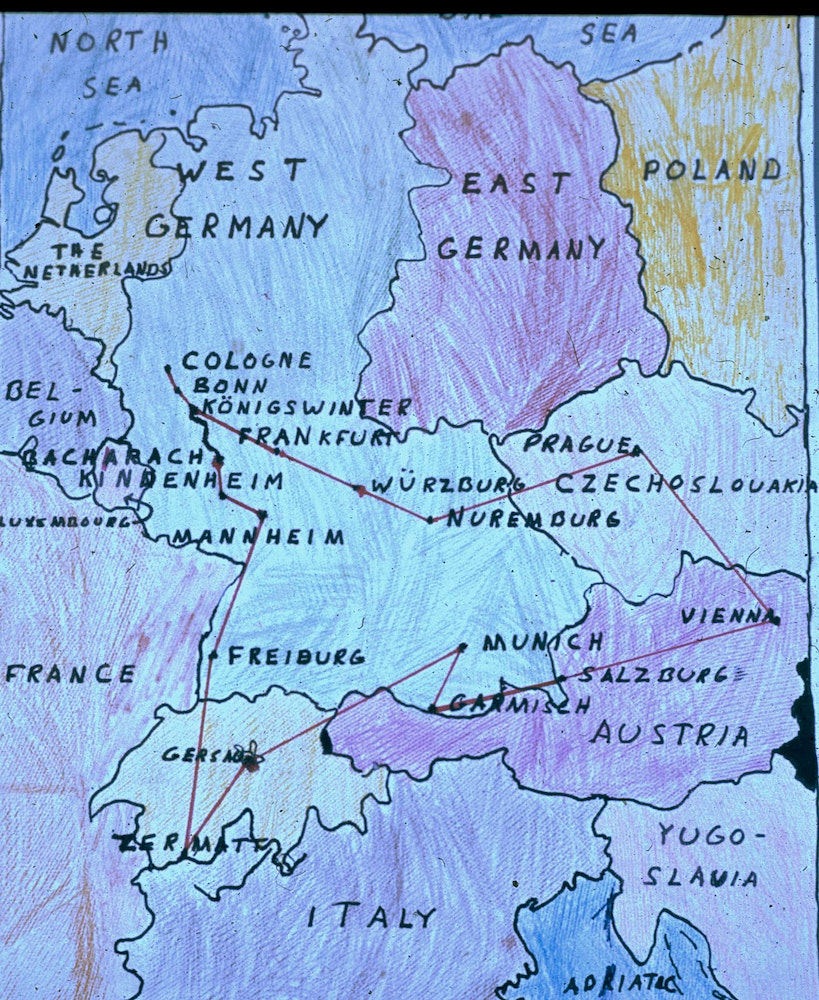
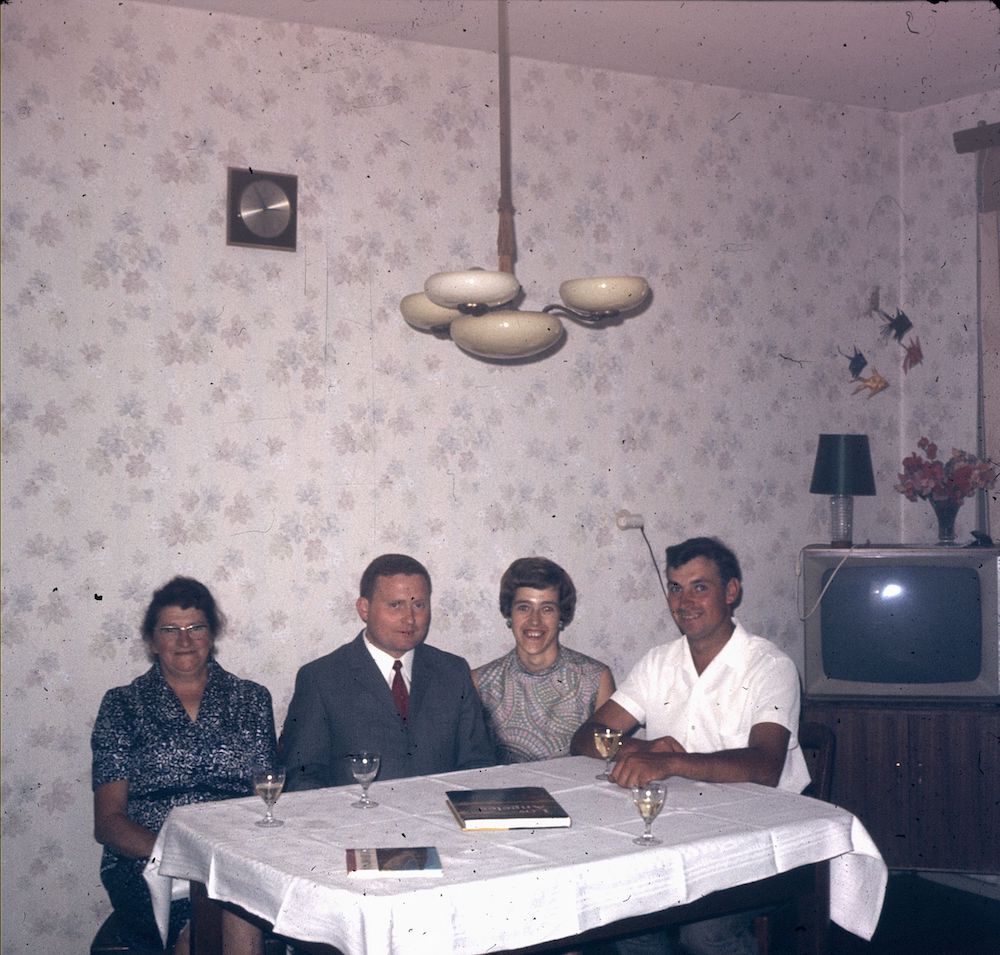
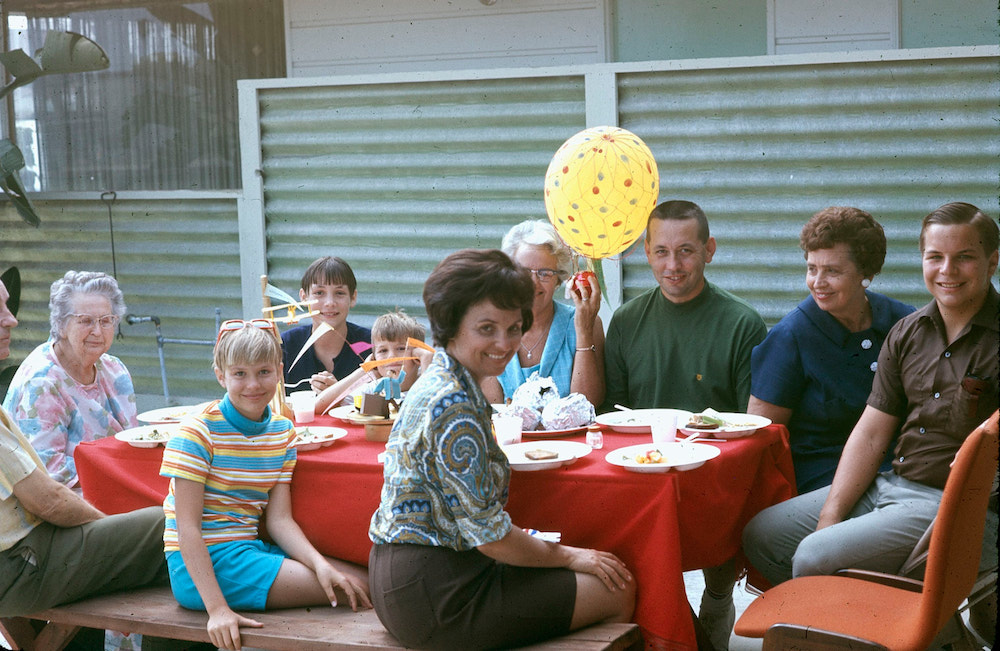
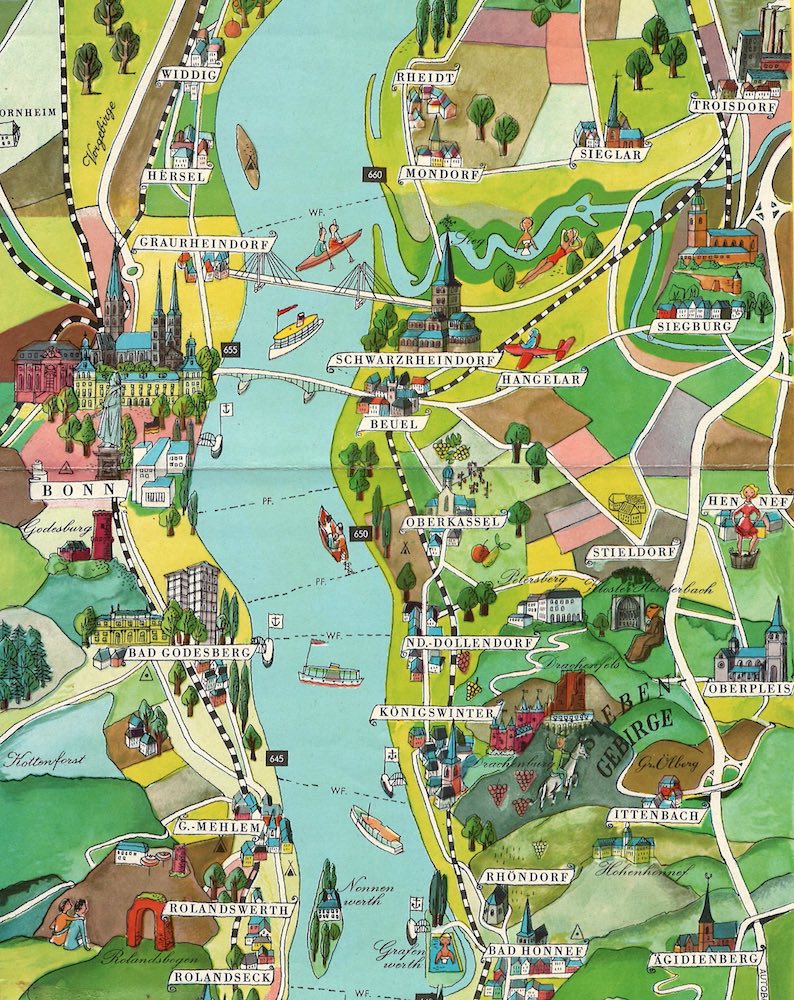
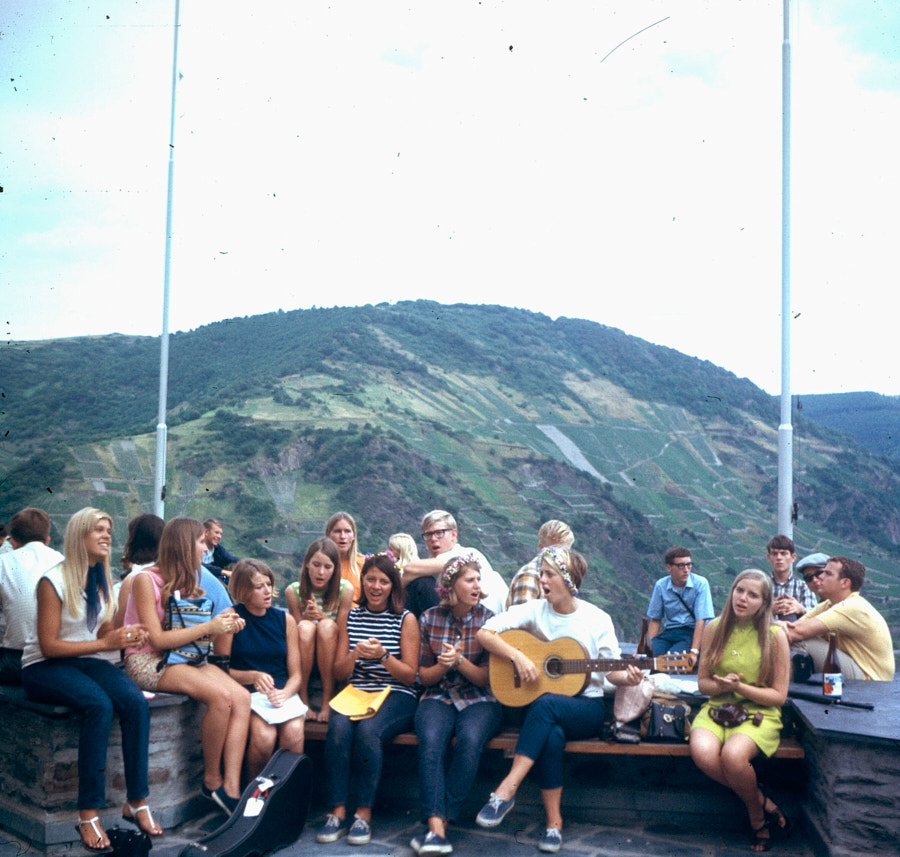
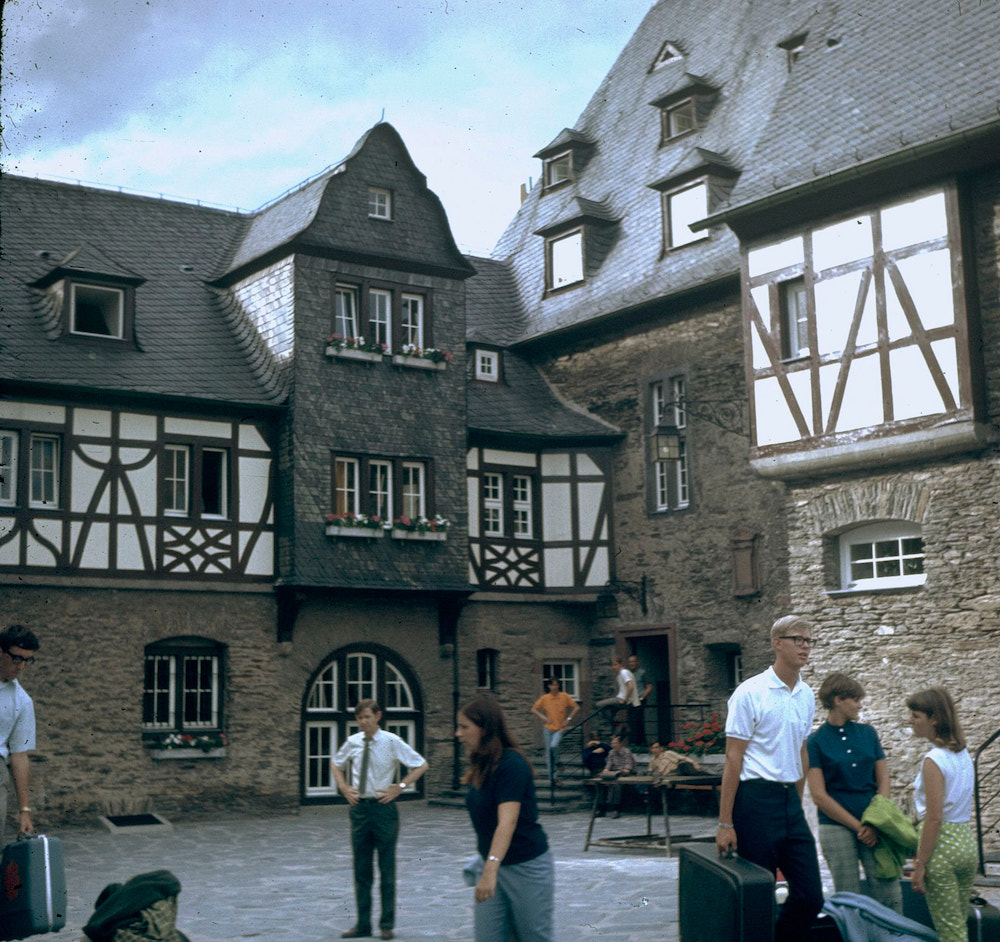
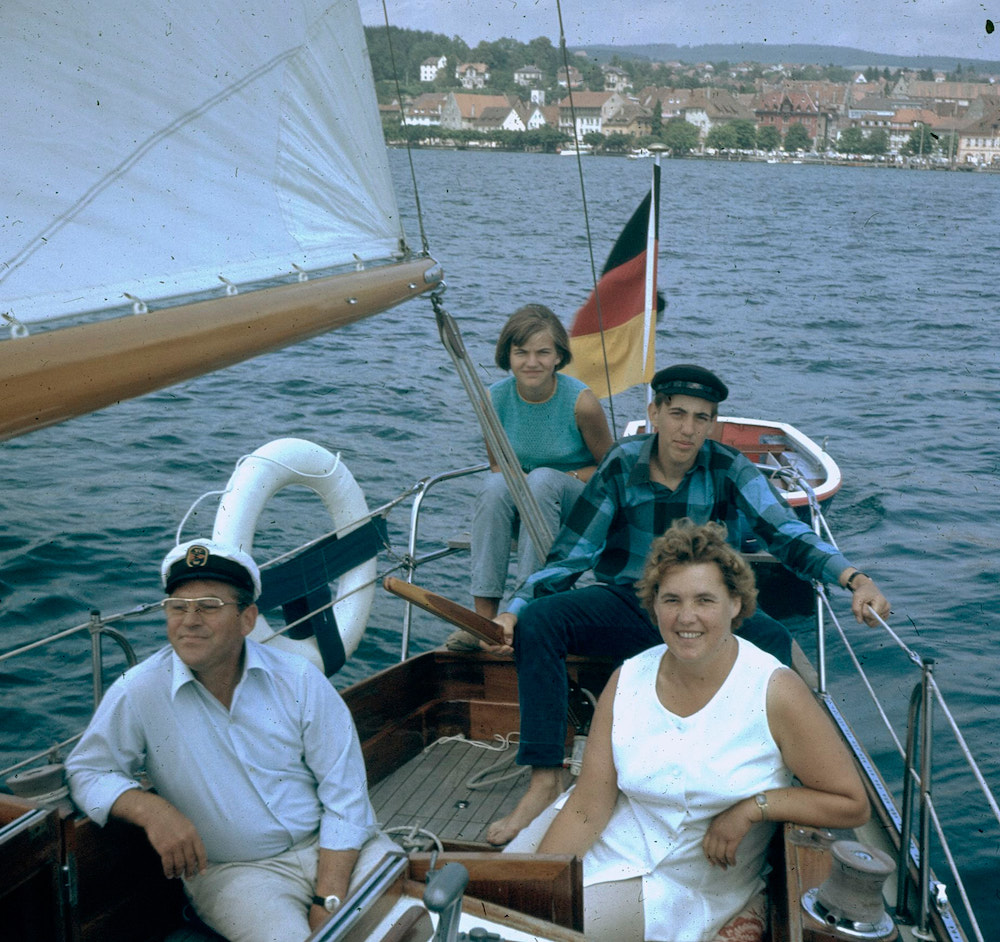
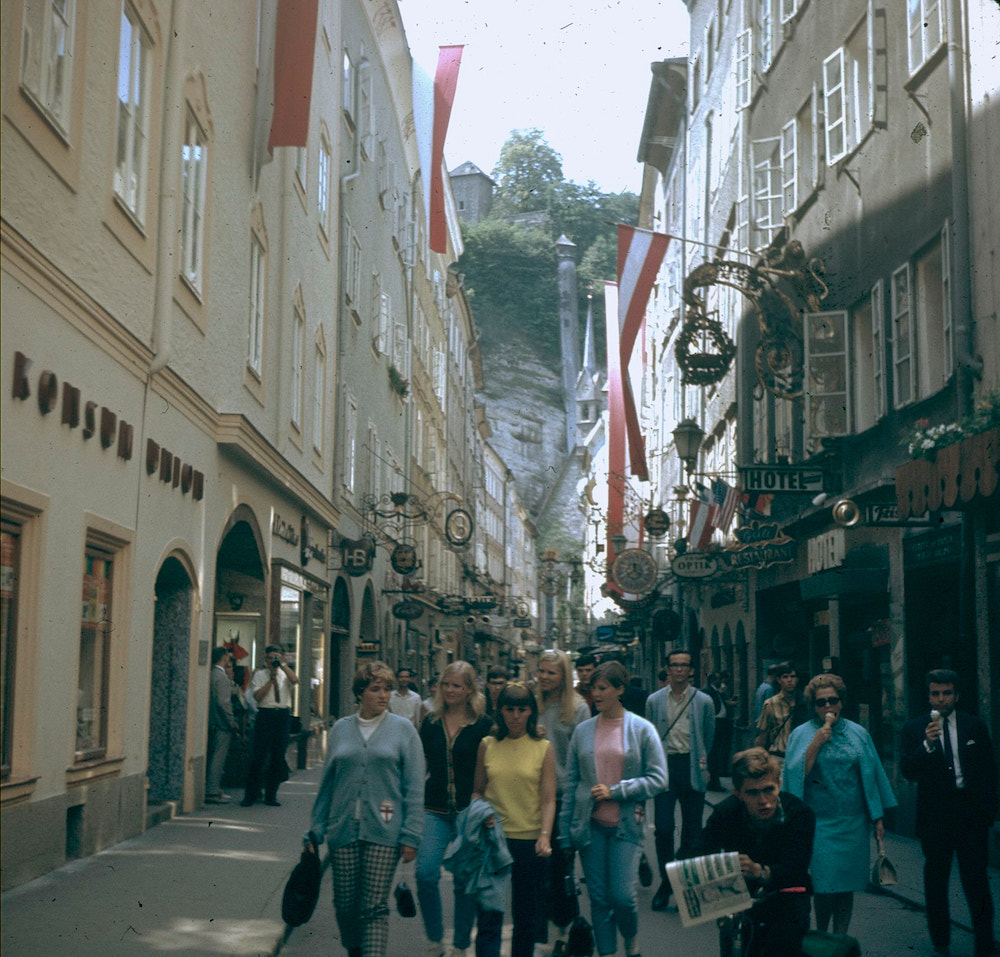
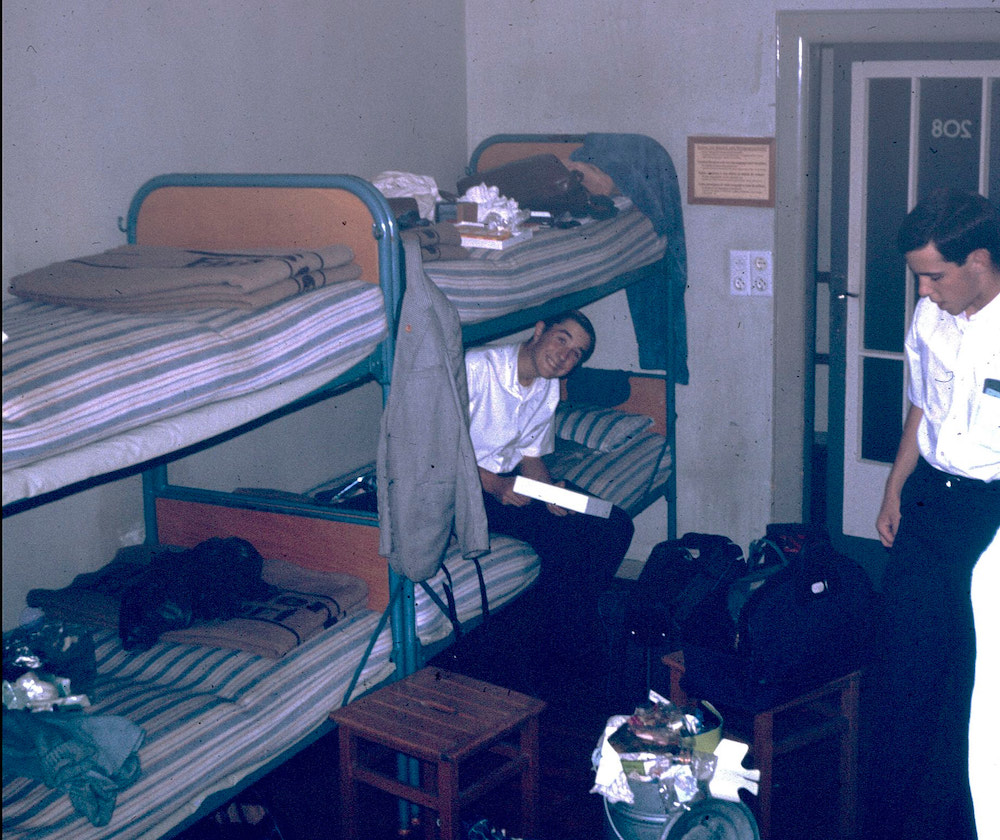
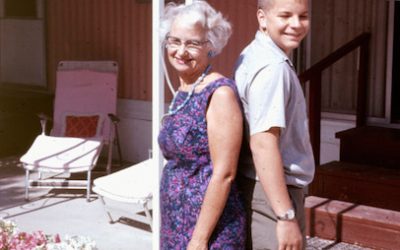
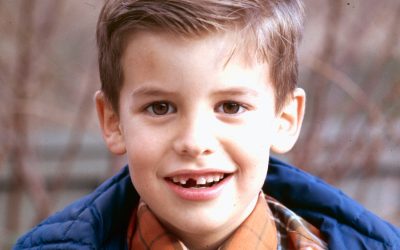
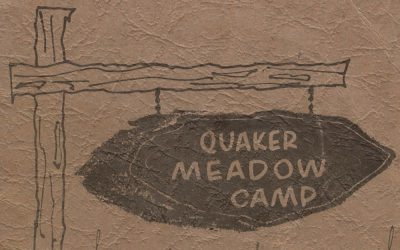
0 Comments